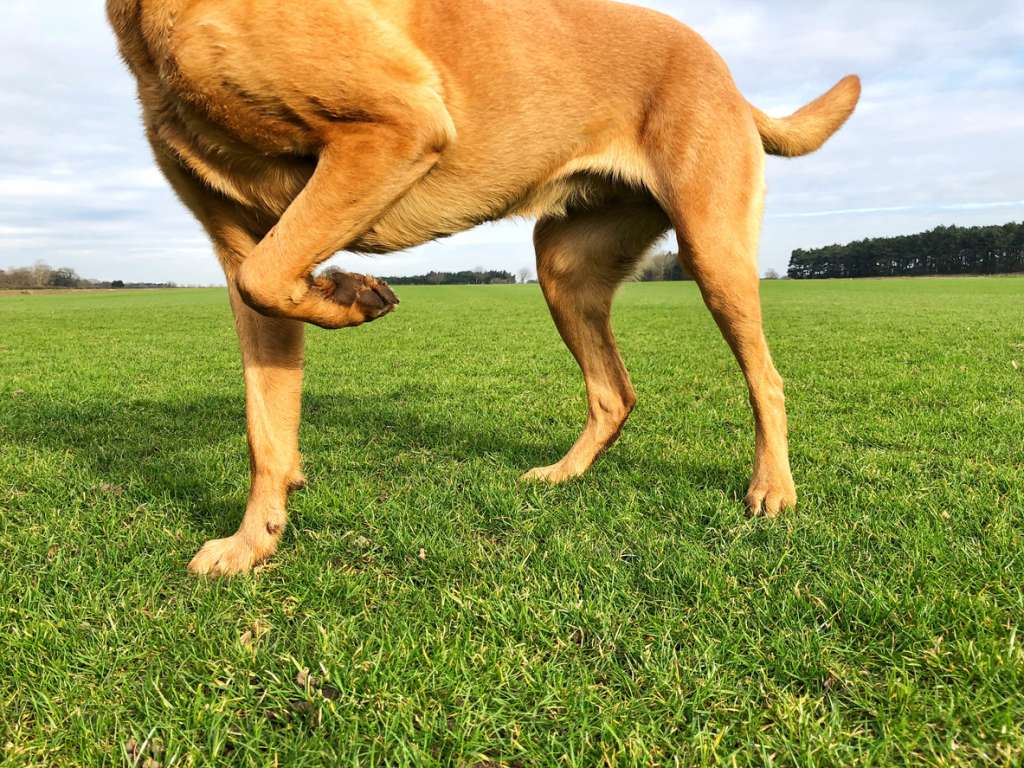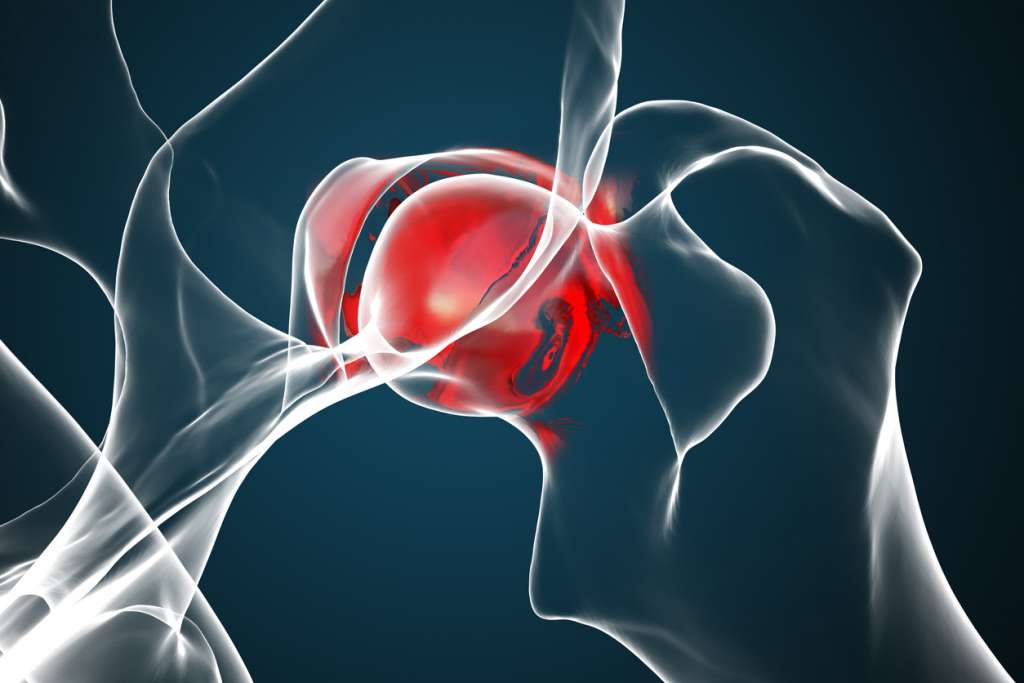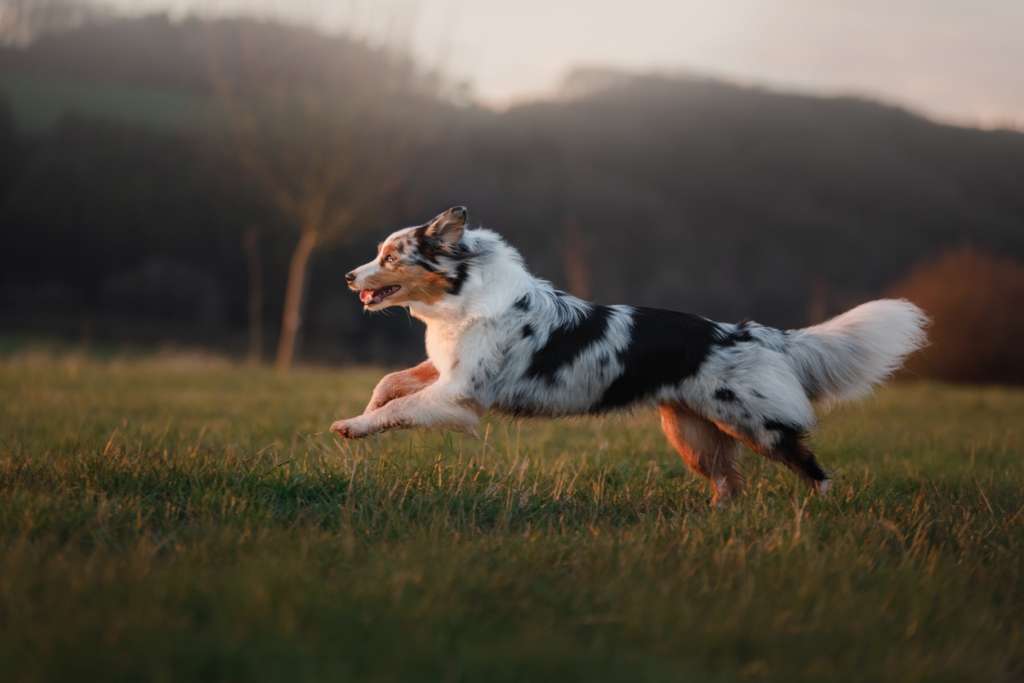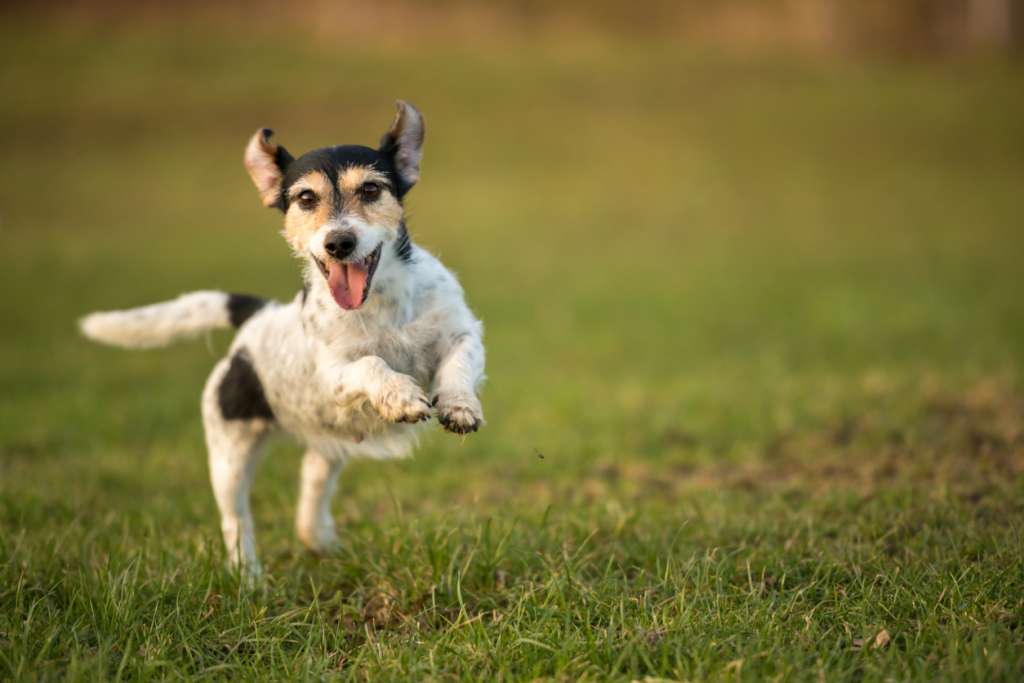We know what you’re probably thinking: Dog Hip Score? What the heck is that? Some sort of ranking to determine if my dog is hip enough to wear cool shades? I already know my dog is hip!
Don’t worry, we know every pup is hip to the scene. Dog Hip Score isn’t something you’ll find on Pitchfork or in fashion magazines, it’s a measure of the health of your dog’s hips. And it has a lot of practical uses for canine health!


What’s The Point Of Hip Scoring Anyway?
The goal of hip scoring is to determine if a dog is likely to develop hip disease with age. This is primarily done in breeding animals before starting their reproductive careers; evidence suggests that hip dysplasia can be inherited, and therefore can be prevented with diligent breeding.
Unfortunately, hip dysplasia is a pretty complex thing: for one, the age at which dogs start presenting symptoms can vary. For another, dysplasia can be influenced by non-genetic factors: nutrition, exercise, and injury to name a few. Even the genetic side is complicated: so far, at least 46 canine genes have been linked to hip dysplasia. This makes gene testing limited in its usefulness1.
This is where hip scoring comes in. Hip scoring gives a rating to your pup’s hips that can be used to compare to other dogs. When determining if a dog is healthy enough for breeding or high-intensity sports, this information can be very helpful. Pups with a low hip score can also receive more aggressive preventative and management measures to minimize effects on their long-term health.
How Do I Get My Dog’s Hip Score?
In the US, there are two main scoring systems: OFA (Orthopedic Foundation for Animals) and PennHIP (Pennsylvania Hip Improvement Plan).
OFA (Orthopedic Foundation For Animals)
In OFA’s procedure, a regular veterinarian takes a radiograph of your dog’s extended hips, and sends the image to a radiologist to score. This method is a subjective evaluation of the way the hip joint forms, as well as the interaction of the hip socket (acetabulum) and the femur bones. Three randomly selected board-certified radiologists compare nine qualities to a set of breed standards. For more information about how hips are evaluated, check out OFA’s website here.


Your dog needs to be at least 24 months of age at the time of radiograph imaging in order for OFA’s assessment to be considered valid. Ideally, your pup is in good physical condition and not pregnant or close to estrus at the time images are obtained. While the use of sedation is not required, sedation helps your dog relax their muscles and obtain a better quality image for review.
Related Article: How Long Are Dogs Pregnant?
Radiographs are given a rating of excellent, good, fair, borderline, mild, moderate, or severe. Excellent, good, and fair are all considered variations of normal. Mild, moderate, and severe are given to dogs whose images show evidence of hip dysplasia and/or osteoarthritis. The images are stored in a database, and can be made public if the owner allows. This database can be a valuable resource, particularly if all close genetic relations have results available for the public1.
Dog parents that have completed and submitted all breed-standard testing outlined by OFA can register the results and get a Canine Health Information Center (CHIC) number specific to the dog. (Keep in mind: For many breeds, this means multiple organ system tests beyond just the hips!) This is recognized by American Kennel Club (AKC), and therefore is widely used by breeders in the US.
All in all, OFA’s procedure is a valuable evaluation of where the dog is now. However, it has limitations in predicting the development of disease throughout a dog’s lifetime2.
PennHIP (Pennsylvania Hip Improvement Program)
Which brings us to PennHIP: this method requires three separate radiographs of the hips, each in a different position and under different forces, in order to quantify hip joint laxity (“laxity” here just means looseness of the joint).


These images must be taken by a veterinarian trained and certified in the technique, and requires heavy sedation or general anesthesia. This assessment can be performed on pets as early as 16 weeks of age. The three radiographic images in this technique are:
1. Hips extended – This is exactly the same as the OFA image.
2. Standing – The limb is in the position it would be if your dog were standing, with no additional force applied.
3. Separated – Same position as image 2, but with a device between the legs that pushes outwards.
The first image is very informative of the current health of the joint and evaluation for arthritis. Images 2 and 3 measure the space between the hip socket (acetabulum) and the head of the femur. This is used to calculate a Distraction Index (DI), or how much the joint will stretch if force is applied. This tells you how loose the joint is. The looser the joint, the higher the DI, and the more likely a dog is to develop hip dysplasia and or osteoarthritis with age.
The results will give a DI between 0 (no laxity) and 1(high laxity). PennHIP tracks breed-specific ranges for DI, but in general, dogs with a DI of less than 0.3 are unlikely to develop hip dysplasia or osteoarthritis1.
This testing method is not recognized by AKC and typically costs significantly more, but is a better predictor of an individual dog’s lifetime risk of hip disease. The major advantage in management for an individual is the ability to diagnose and treat early in life. Some options for treatment of hip dysplasia are age-dependent: your dog can outgrow treatment options that have the best outcomes.
If you have a puppy with high risk of developing hip disease because of breed, and can afford this test, please talk with your veterinarian sooner rather than later. Your dog may just thank you in their senior years when they are still able to stand and move comfortably because you intervened early.
What Can I Do If I Can’t/Don’t Want To Get These Tests?
Hey, we get it: these tests can be expensive and outside many people’s budget. Don’t worry, that doesn’t preclude you from being an awesome dog parent!


First and foremost: find a veterinarian you’re comfortable with, and discuss any concerns about your dog’s hips, and managing hip health as your pup ages. Second, maintain a healthy body weight and good physical condition – not a thin couch potato, but a lean dog with a consistent exercise routine. This is really critical for all pets, but especially those at high risk for developing arthritis.
Lastly, talk to your vet about what diet and supplements will be beneficial in supporting your dog’s health and development. Depending on age and other health conditions, the best solution may vary for each individual3.
You know the old saying: an ounce of prevention is worth a pound of cure. A little bit of effort when your pup is young will go a long way to making sure their golden years are as happy and pain-free as possible!
Colleen Ferriman, DVM is a canine and feline health, wellness, and illness management advocate. She has a combined 10 years of experience in clinical medicine, education, and educational content development. Colleen graduated from Colorado State University as a Doctor of Veterinary Medicine, has worked as a general practitioner, and has contributed to the development of veterinary educational tools. She is also a member of the American Veterinary Medical Association and American Academy of Veterinary Pharmacology and Therapeutics.
Sources
1 Pavlovsky G: Hip Dysplasia (Canine). VINcyclopedia of Disease 2022. https://www.vin.com/doc/?id=4953618&pid=607
2 Powers, M. Y., Karbe, G. T., Gregor, T. P., McKelvie, P., Culp, W. T. N., Fordyce, H. H., & Smith, G. K. (2010). Evaluation of the relationship between Orthopedic Foundation for Animals’ hip joint scores and PennHIP distraction index values in dogs, Journal of the American Veterinary Medical Association, 237(5), 532-541. https://avmajournals.avma.org/view/journals/javma/237/5/javma.237.5.532.xml
3 Smith GK: Practical Consideration for Managing the Osteoarthritic Patients – Risk Assessment and Prevention of Canine Hip Dysplasia. VIN. https://www.vin.com/members/cms/project/defaultadv1.aspx?id=2993860&pid=156&






